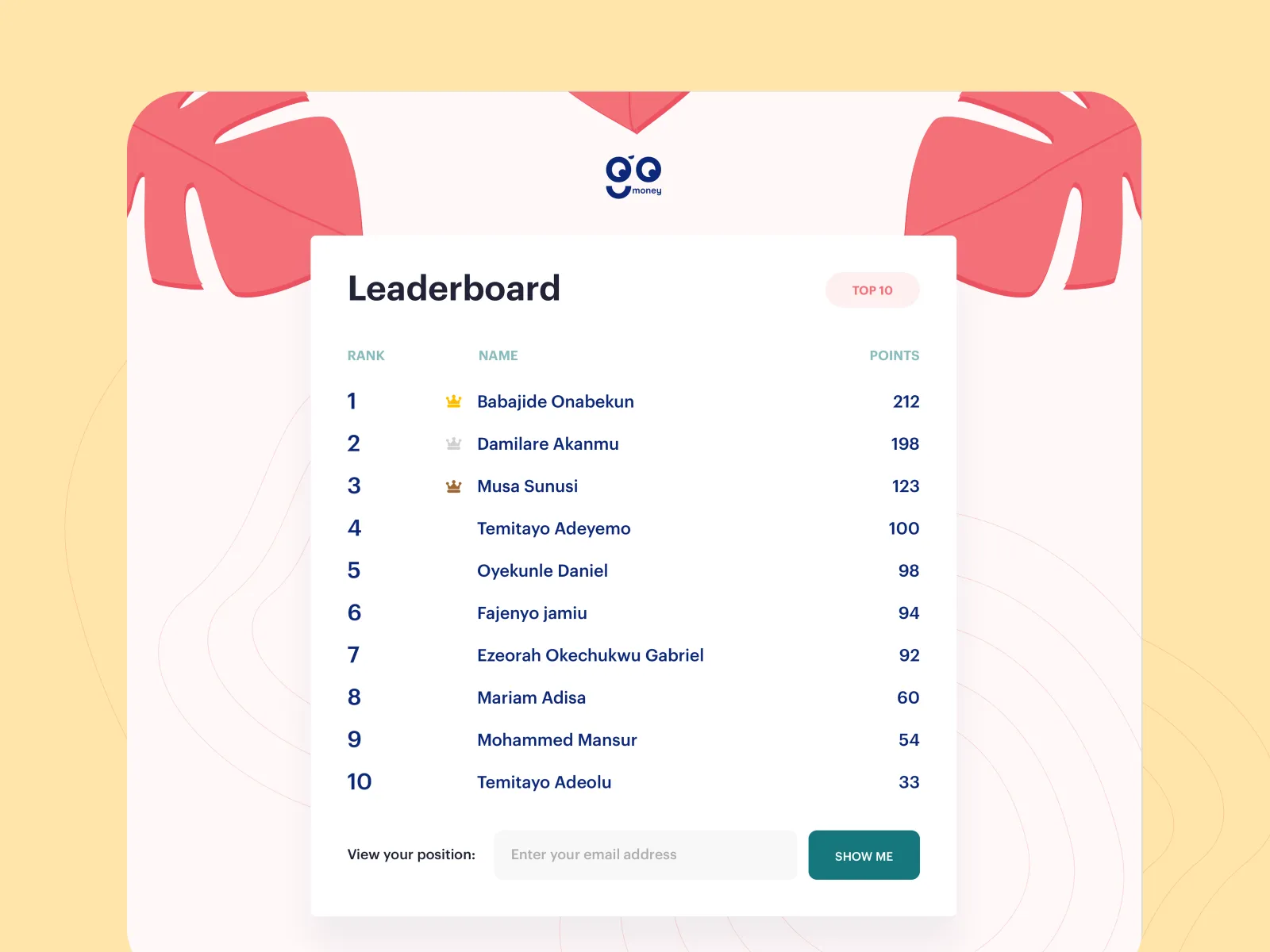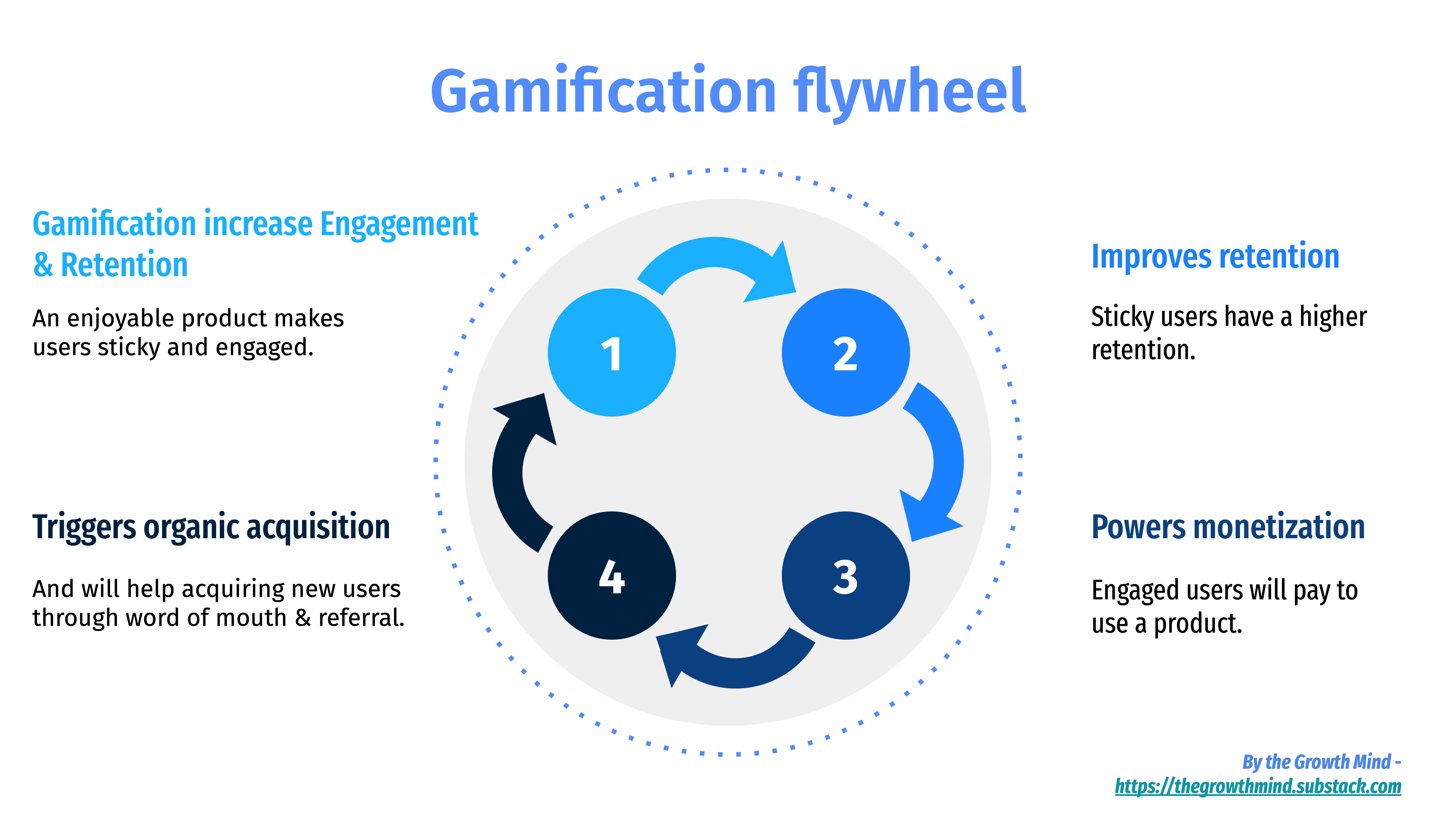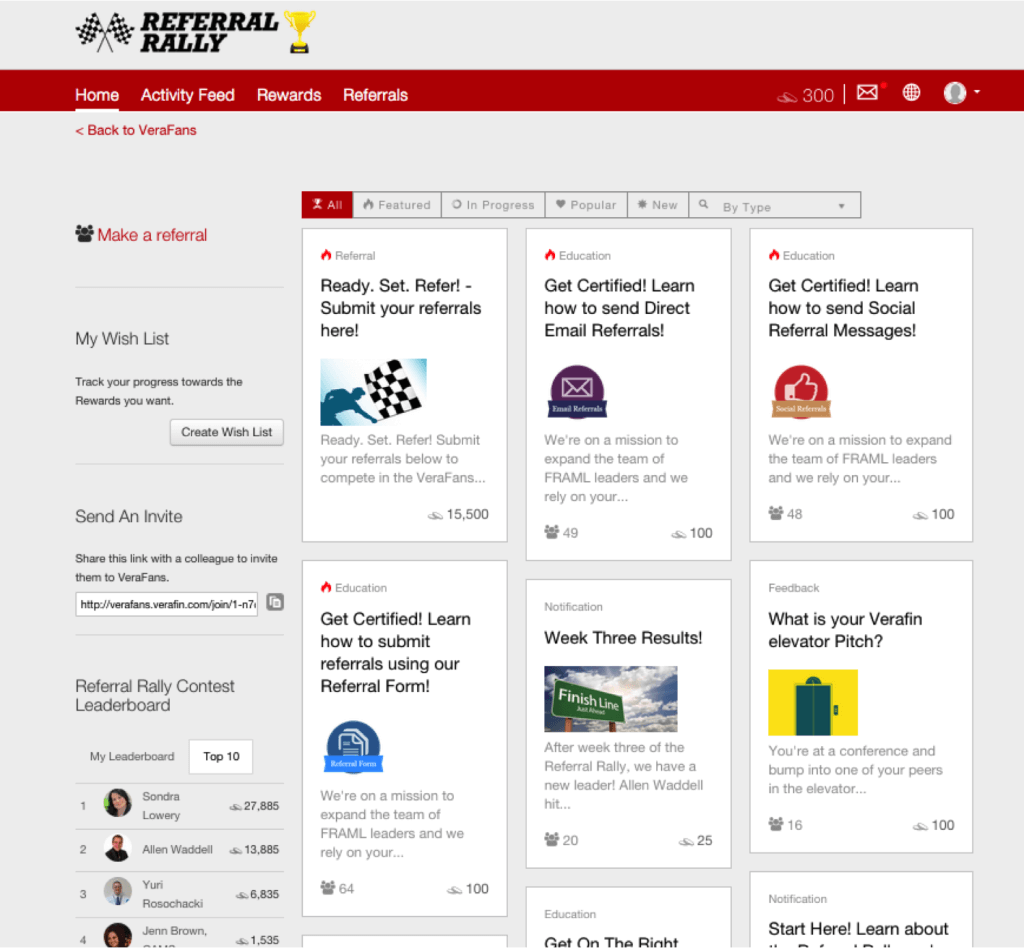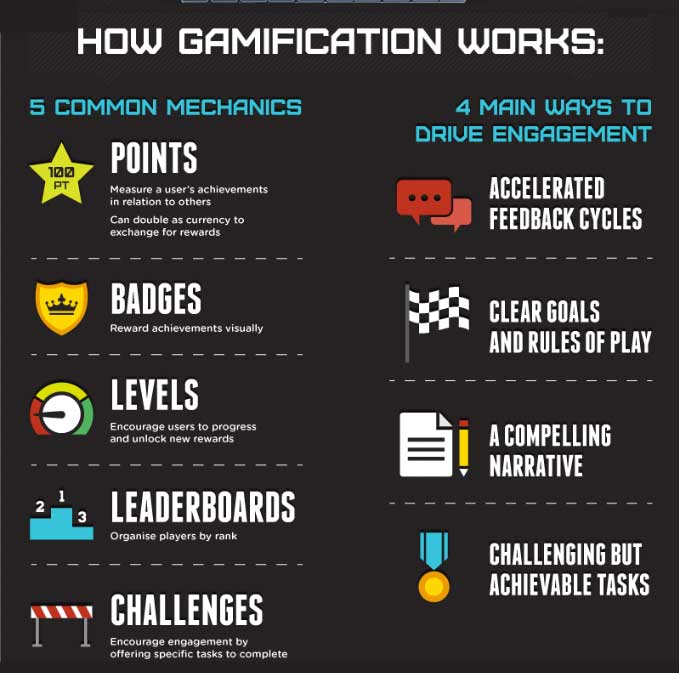Gamification Tactics to Boost Herbacap Supplement Referrals
At NeuroTechInsider, we’ve explored the science behind wearables that boost cognition, mood, and sleep. But tech isn’t the only arena where behavioral design shines—marketing strategy benefits just as much. That’s where gamification tactics come into play, especially for supplement brands like Herbacap aiming to grow through referral marketing.
Let’s dive deep into how gamification can take a passive referral link and turn it into a dynamic, sticky user experience that converts.
Why Gamification Works for Supplement Referrals
Gamification isn’t a gimmick—it’s behavioral engineering. When done right, it taps into our innate desires for reward, recognition, and progress. And when your product promotes wellness (like Herbacap), using game mechanics builds a meaningful loop between health outcomes and customer advocacy.
Psychological Triggers Behind Gamified Marketing
- Dopamine-Driven Feedback Loops – Users feel rewarded with every small win (badges, points, tiers).
- Social Proof – Public recognition via leaderboards or shoutouts fosters status and sharing.
- Scarcity and Urgency – Limited-time referral challenges create FOMO and action.
“People don’t refer for discounts. They refer for status, achievement, and meaning.”
– Referral Rock’s Gamification Playbook
Case Studies in Supplement Industry
Brands like Onnit and Care/of have scaled customer acquisition by introducing gamified micro-experiences—monthly referral contests, exclusive badges, and loyalty tiers. The result? Higher lifetime value, better retention, and community-driven growth.
And for a wellness brand like Herbacap, this isn’t optional—it’s a growth imperative.
Proven Gamification Tactics That Work
1. Points System and Progress Bars
The most foundational gamification strategy: give points for every action that supports referrals or engagement.
- Share a referral link → +10 points
- Referral signs up → +30 points
- Referral makes a purchase → +100 points
These points can unlock:
- Discounts (10% off = 300 points)
- Free Herbacap bottles
- Exclusive educational content or health coaching
Visual motivation is key. A progress bar or reward tracker helps users see how close they are to their next bonus.

External Resource:
Read SaaSquatch’s deep dive on referral gamification to see more point system examples in action.
2. Badges and Achievements
Not all rewards need to be monetary. Sometimes, a well-crafted badge system can turn passive users into obsessed evangelists. Think:
- ️ First Referral – Just getting started
- Referral Streak – Referred 5 friends in a row
- Top Advocate – Leaderboard topper for the month
Herbacap can gamify the journey by creating achievement levels like Bronze, Silver, and Gold advocates. These come with escalating perks—free shipping, limited-edition bottles, private group invites.

Best Practices:
- Make badges visually appealing and mobile-optimized.
- Let users share them on social media.
- Reward progress publicly (via email shout-outs or a “Hall of Fame”).
3. Leaderboards and Friendly Competition
Introduce a public (or semi-public) referral leaderboard—updated weekly or monthly. This taps into natural competitiveness while highlighting the brand’s most loyal fans.

- Top 10 get exclusive monthly rewards
- Set “team goals” where a group of users can win shared bonuses
- Flash competitions: “Refer the most this week = Free 3-month supply”
According to Referral Rock, leaderboards can boost daily engagement and encourage users to invite more friends just to climb the ranks.
4. Tiered Incentives for Super Advocates
The more someone gives, the more they should get. That’s the psychology behind tiered incentives.
- Refer 3 friends → 10% discount
- Refer 5 friends → Free Herbacap bottle
- Refer 10 friends → VIP status + Private product beta access
This works especially well with supplements, where the product needs to be reordered monthly. The incentives not only attract users but also boost retention.

5. Contests and Limited-Time Referral Challenges
Adding a countdown timer or monthly contest lights a fire. For example:
- “Refer 2 friends in the next 7 days and get a mystery wellness box.”
- “Top referrer of the month wins a year’s supply of Herbacap!”
Time-based gamification creates urgency, which translates into action. Make sure the CTA is clear, the reward compelling, and the tracking transparent.
Coming up in Part 2: We’ll dig into how to gamify social sharing, personalize user experiences, and create quest-based education that turns customers into expert advocates.
Don’t miss it—this is how the best health brands build loyalty without spending a cent on ads.
Integrating Gamification with Social Sharing
Here’s the deal: referrals live and die by how easy it is to share. That’s why you need to gamify the social layer just as much as the reward system. Users should feel excited—and even proud—to spread the word.
Tools for Viral Sharing
- Pre-filled messages for WhatsApp, Instagram DMs, or Facebook posts
- Instant share buttons embedded on dashboards and reward pages
- Clickable badges that double as social proof when posted
And don’t underestimate email: A well-timed nudge saying “You’re 1 friend away from unlocking your next Herbacap reward!” performs better than any passive widget ever will.
User-Generated Content as a Referral Engine
Here’s where it gets fun—let your community do the marketing. Prompt users to share:
- Photos of their Herbacap stash
- Unboxing videos
- Before-and-after wellness stories
“If you give your users a reason to talk about you—and tools to do it—you’re building advocacy on autopilot.”
— Nielsen Norman Group
For inspiration, check out how brain wellness devices like Apollo Neuro or Sensate reward social shares with badges and extra dashboard perks. The same applies to wellness supplements.
Boosting Motivation with Personalization & Real-Time Feedback
Static dashboards are boring. Users thrive on dynamic feedback—especially when it feels personal. That’s where behavioral data comes in.
Personalized Notifications
- “Only 1 more referral to unlock your Gold Advocate status!”
- “ You’ve referred 3 friends in 48 hours—ready for the bonus tier?”
Send these updates via SMS, push notifications, or email. The point is to create a real-time loop of action → feedback → reward that keeps users engaged.
Dynamic Dashboards and Reward Trackers
Your dashboard should feel like a mission control panel. Show:
- Total referrals
- Badges earned
- Upcoming milestones
- Current leaderboard position
This visual element alone can double engagement rates. A study from SaaSquatch found that users with access to gamified dashboards completed 54% more referral actions than those without.
Educate to Empower: Quests and Knowledge-Based Challenges
Gamification isn’t just about dangling rewards. It’s about empowering users to become brand advocates. That’s where educational quests come in.
Micro-Tasks to Learn & Earn
Create quests like:
- Complete a short quiz about Herbacap’s ingredients
- Watch a 2-minute explainer video and earn 20 points
- Share one science-backed benefit of Herbacap on social and get a badge
This doesn’t just build knowledge—it forges belief. And belief drives high-quality referrals.
Product Awareness = Better Advocacy
Customers who understand what makes your supplement different are 3x more likely to refer it to someone they trust. That’s why platforms like NeuroTechInsider exist—to break down the science into stories that actually convert.
Best Practices for Gamified Referral Campaigns
1. Keep It Simple
Don’t bury users in rules. They should know within 5 seconds how to earn rewards and what it takes to get to the next level.
2. Match Rewards to Your Audience
- If they care about health—offer free product or exclusive supplement stacks
- If they care about status—offer limited-edition merch, shoutouts, or VIP invites
3. Test and Optimize Frequently
Run A/B tests on your rewards. Experiment with how long challenges last. Survey users on what motivates them. Let the data refine the game.
Conclusion: Turn Gamification Into Organic Growth
Let’s be real—traditional referral links are boring. But with gamification tactics, your Herbacap referral program can become a habit-forming, socially powered machine.
Start with small wins: points, badges, challenges. Then layer on social proof, real-time personalization, and educational micro-tasks that transform users from passive customers into passionate ambassadors.
No paid ads. No paid influencers. Just science-backed wellness plus behavior-driven engagement.
And if you want more playbooks like this—whether you’re building for supplements or neurostimulation devices—you know where to find us.
FAQs: Herbacap Referral Gamification
How do I start gamifying my Herbacap referral program?
Begin with a basic points system and progress bar. Then add layers like badges, limited-time contests, and leaderboard mechanics as engagement grows.
What’s the most effective gamification reward?
It depends on your audience. But a mix of product discounts, exclusive content, and social status rewards tend to perform best.
Can gamification be used on platforms like Shopify or WooCommerce?
Yes. Many third-party apps (like ReferralCandy, Yotpo, or Smile.io) offer plug-and-play gamification tools that integrate with popular eCommerce stacks.
Where can I learn more about gamification and wellness marketing?
Check out our latest insights at NeuroTechInsider Blog, where we explore the science of behavior, biohacking, and neurotechnology marketing.
